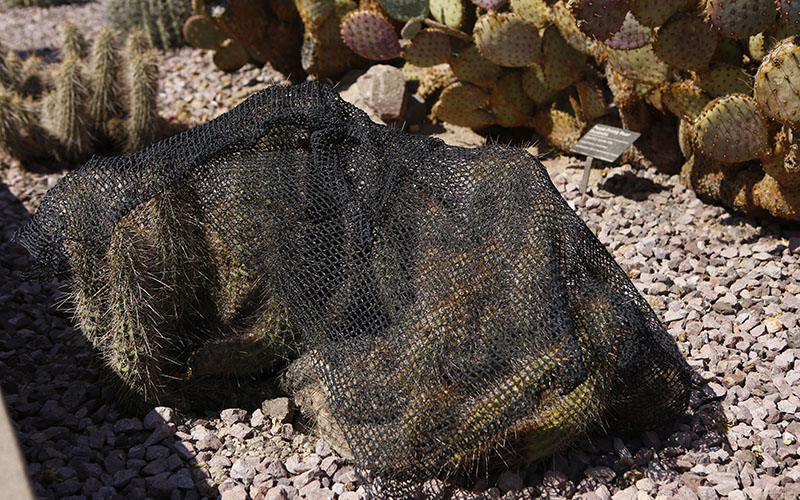PHOENIX – Even a cactus has limits.
The Arizona icon of desert survival can’t always take the heat. Record-breaking temperatures that draw shudders and international attention also have been rough on many types of succulents.
“Certain deserts are so harsh that even cacti won’t live in them,” arborist Scott McMahon said, who has overseen the cacti at Desert Botanical Gardens in Phoenix since 2001.
Workers cover vulnerable species with black nets to protect them from the sun, especially if they’re not native to the Sonoran Desert. But even native Phoenix species have encountered more trouble with each passing summer, he said.
“If the heat is too severe they will stop growing,” he said. Cacti require temperatures of about 85 degrees at night so they’re able to respire, the plant equivalent of breathing.
If nighttime temperatures remain too high the plants’ water reserves will slowly be depleted.
“They’ll essentially cook,” McMahon said. “They’ll just sort of stew in their own juices, and after several weeks of this they will die.”
Direct sunlight also threatens succulents’ health.
“When this gets too intense it’ll burn the tissue and actually kill it,” McMahon said.
One cacti remains scrappy under the Arizona sun.
Saguaros, cactus royalty, store water so efficiently they can endure what other cacti can’t handle.

